Popular on Food52
15 Comments
tarabithia
April 6, 2016
how long would it last in the fridge? and do i have to fry it before storing it?
Andrea T.
December 22, 2014
I tried making this curry over the weekend. I had a hard time figuring out the "ounce" measurements and the results were not great. Too much turmeric so it ended up being a yellow curry. Any suggestions on conversion?
Joyce
August 3, 2014
Hi, this sounds great. What do you use if you can't find fresh turmeric? Thanks
foodie I.
June 18, 2014
Nice...my Thai friend uses the container paste and I make mine regularly. Much like this recipe.. I sometimes soak tamarind paste in hot water and use the liquid to loosen the paste up in the processor.
petitbleu
July 2, 2014
Great idea. I love tamarind but have never used it in my curry pastes--I'll give it a try next time.
LeeLeeBee
June 10, 2014
Oh, I'm so excited to try these. I've tried making curry pastes twice before, but was very unsatisfied by how they turned out (I had to use almost 1/2 cup for a two-person curry, and it was still a bit bland). Your recipe looks a lot better!
petitbleu
June 10, 2014
We love this curry paste. And if you like molten hot curries, try making the red paste and leaving most of the seeds in the chiles. Holy wow!
Allyn
June 10, 2014
I keep meaning to do this... just need to set aside the time (mainly for the shopping!) and do it! My situation sounds similar to yours. I'm Southern born and raised, and my husband grew up all over southeast Asia eating crazy spicy curries. I've had to kick my spice tolerance up several levels since we got together.
petitbleu
June 10, 2014
Yes, Allyn! When we first got together, I distinctly remember John making curry for me--it was so delicious, but I pretty much cried all the way through eating it! Since then, I've become a much more proficient curry eater!
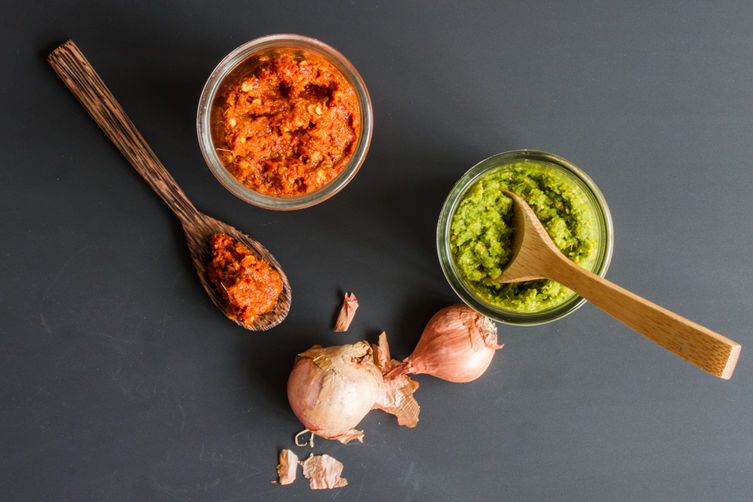
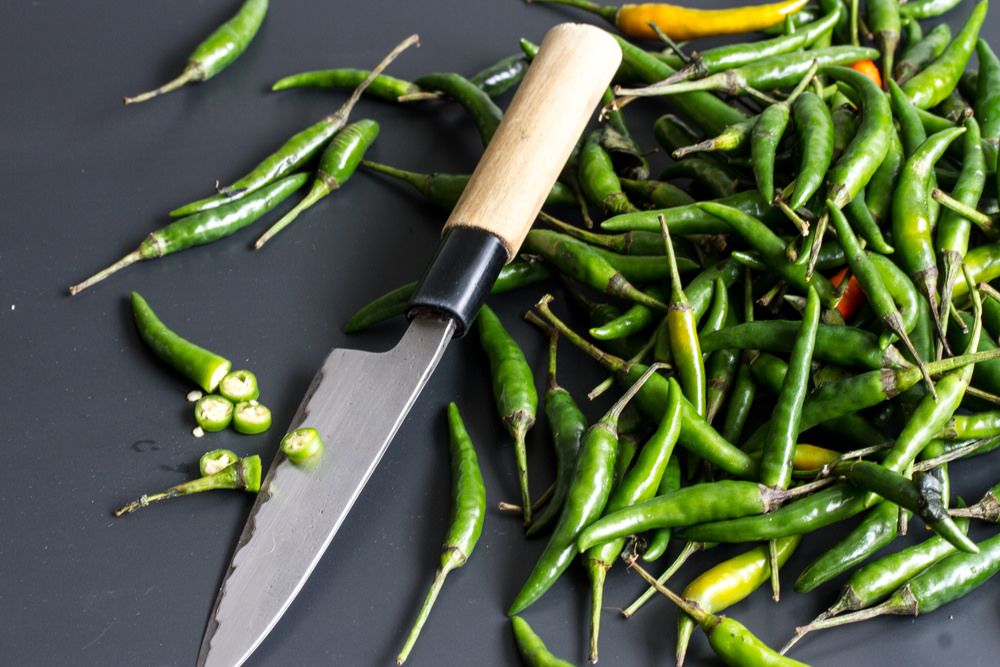

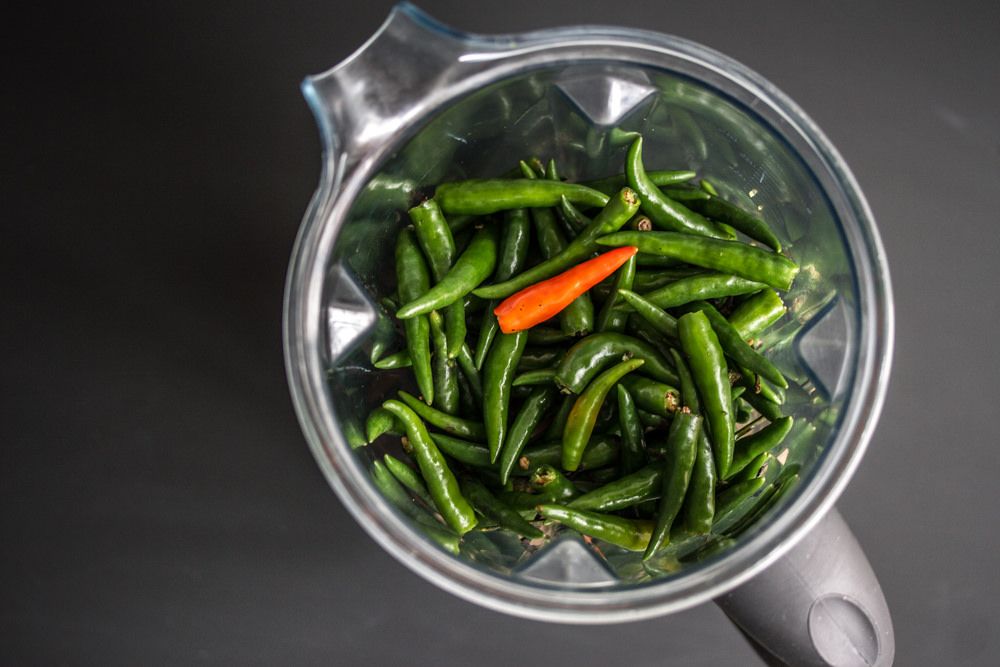
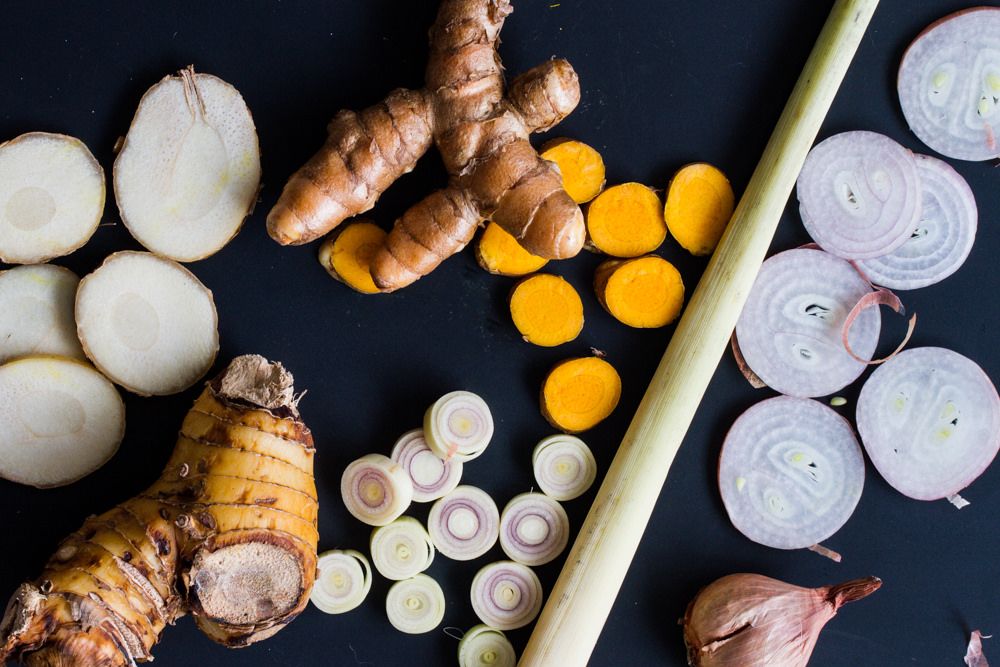
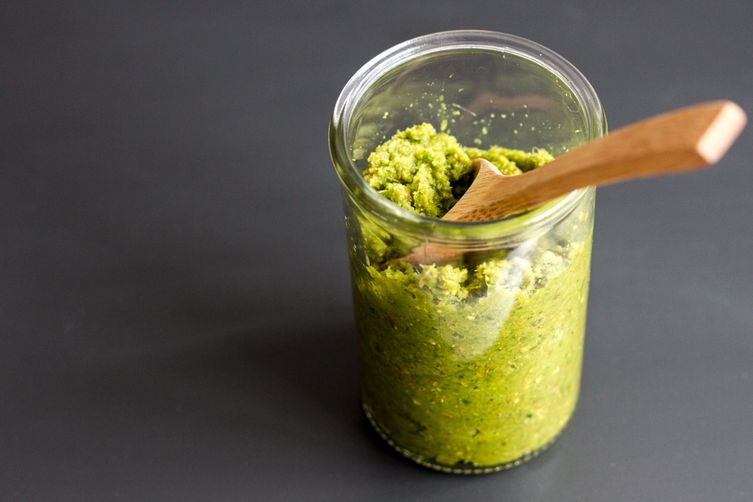
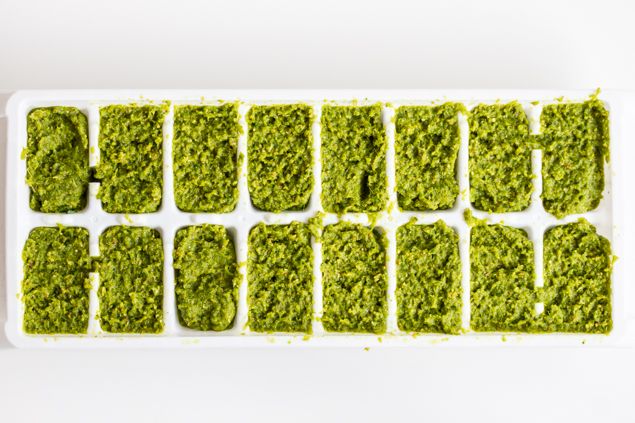
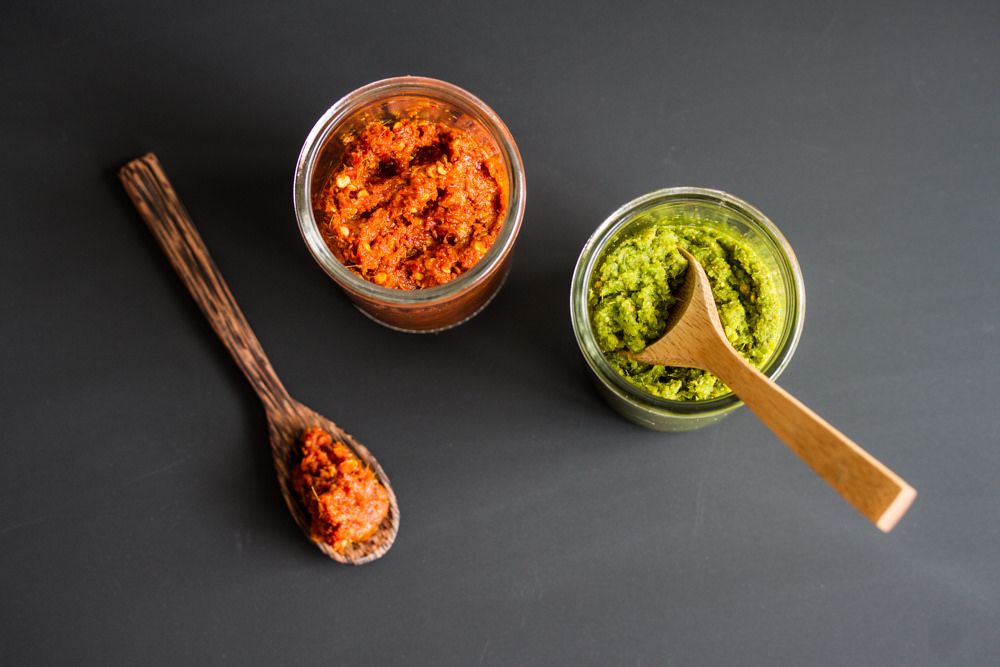

See what other Food52 readers are saying.